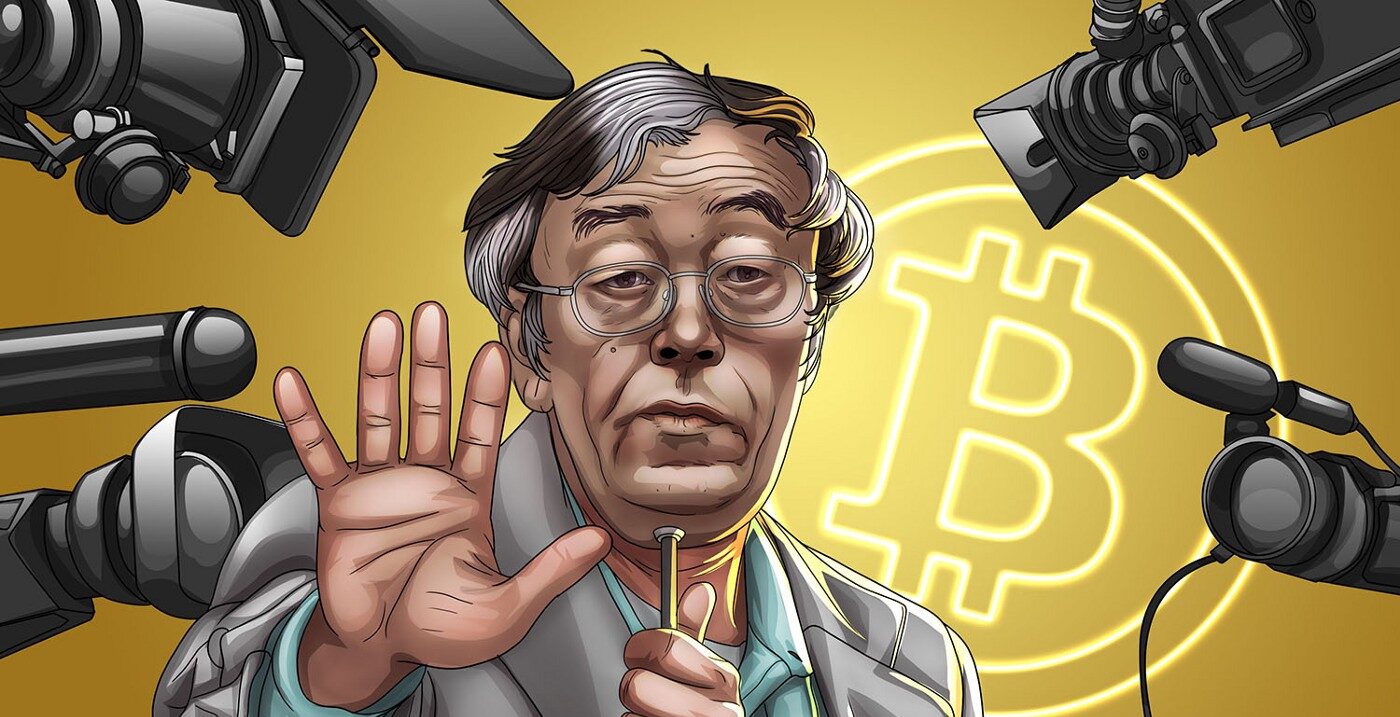Who is Satoshi Nakamoto?
Even before Bitcoin’s meteoric rise, Satoshi Nakamoto was a household name among cryptography experts like coders and nerds. Years ago, somebody with the same name had posted on developer forums and communicated by email with other developers. Although this cannot be proven, it is widely believed that the same person(s) behind the alias was also responsible for the messages. But this is still considered to be one of the intimidating mysteries that has yet to be explored. If you are confident about investing in the crypto world and looking for the best trading platform, you can register at https://bitqs.io.
Who is Satoshi Nakamoto?
Satoshi Nakamoto is the pseudonymous individual or group who created Bitcoin, the first decentralized cryptocurrency. Despite extensive efforts to uncover Nakamoto’s true identity, it remains one of the most enduring mysteries in technology and finance. Nakamoto’s work has profoundly impacted the financial world, inspiring the creation of thousands of other cryptocurrencies and the development of blockchain technology.
Early Life and Background
The true identity of Satoshi Nakamoto remains unknown, so details about early life and background are speculative at best. What is known is primarily based on Nakamoto’s online presence and writings. The name itself is Japanese, suggesting a connection to Japan, and the style of writing in the Bitcoin white paper and subsequent communications is precise and technical, indicating a high level of expertise in computer science and cryptography.
The Genesis of Bitcoin
In 2008, a paper titled “Bitcoin: A Peer-to-Peer Electronic Cash System” was published under Satoshi Nakamoto. This white paper laid out the concept of Bitcoin, a digital currency that could be sent from user to user without a central authority, such as a bank or government. Nakamoto’s proposal was revolutionary because it solved a long-standing issue in computer science known as the double-spending problem without relying on a trusted third party.
The Bitcoin White Paper
The white paper outlined a system where network nodes would verify transactions through cryptography and record them in a publicly distributed ledger called a blockchain. Nakamoto proposed a decentralized system where consensus was achieved through proof-of-work, a process where participants (miners) expend computational power to solve cryptographic puzzles. This process secures the network and creates new bitcoins, incentivizing participation.
Launching the Network
On January 3, 2009, Nakamoto mined the first block of the Bitcoin blockchain, the Genesis Block. Embedded in the coinbase of this block was the text: “The Times 03/Jan/2009 Chancellor on the brink of second bailout for banks.” This message has been interpreted as a commentary on the instability of the traditional financial system and a motivation behind the creation of Bitcoin.
Nakamoto continued to develop and refine the Bitcoin software over the next few years, interacting with other developers and users primarily through online forums and email. Nakamoto’s contributions to the codebase set the foundation for a robust and secure digital currency.
Disappearance
In 2011, Nakamoto handed over control of the Bitcoin repository and network alert key to Gavin Andresen and ceased all public involvement in the project. Nakamoto’s last known communication was an email to a developer stating they had “moved on to other things.” Since then, Nakamoto has had no verifiable communication, adding to the enigma surrounding their identity.
Theories About Nakamoto’s Identity
Numerous theories have emerged about who Nakamoto might be, ranging from individual cryptographers and computer scientists to groups of developers working in concert. Some notable figures who have been speculated to be Nakamoto include:
- Nick Szabo: A computer scientist and cryptographer known for his work on digital contracts and his creation of “bit gold,” a precursor to Bitcoin. Linguistic analysis of Nakamoto’s writings and Szabo’s have shown some similarities, but Szabo has repeatedly denied being Nakamoto.
- Hal Finney: An early Bitcoin adopter and the recipient of the first Bitcoin transaction from Nakamoto. Finney was a well-respected cryptographer with a history of working on similar projects, but he also denied being Nakamoto. Finney passed away in 2014, adding to the intrigue.
- Dorian Nakamoto: In 2014, a Newsweek article claimed that Dorian Nakamoto, a Japanese-American man living in California, created Bitcoin. However, Dorian Nakamoto denied any involvement, and there was no substantive evidence to support the claim.
- Craig Wright: An Australian computer scientist who has publicly claimed to be Nakamoto. Wright has produced some evidence, but it has been widely disputed within the cryptocurrency community, and many believe his claims to be fraudulent.
Impact on Cryptocurrency and Blockchain Technology
Despite the mystery surrounding Nakamoto’s identity, the impact of their work is undeniable. Bitcoin has grown from a niche experiment into a global phenomenon with a market capitalization reaching hundreds of billions of dollars. The principles Nakamoto established in the Bitcoin white paper have influenced countless other projects and have laid the groundwork for a new era of financial technology.
Blockchain technology, the underlying innovation behind Bitcoin, has found applications far beyond cryptocurrency. Industries ranging from supply chain management to healthcare to voting systems are exploring and implementing blockchain solutions to increase transparency, security, and efficiency.
Philosophy and Vision
Nakamoto’s writings and actions suggest a vision for a more decentralized and open financial system free from the control of centralized institutions. This ethos resonates with many in the cryptocurrency community who advocate for economic sovereignty, privacy, and freedom. Nakamoto’s decision to remain anonymous and eventually step away from the project has been interpreted as a commitment to these principles, allowing Bitcoin to become a truly decentralized and community-driven project.
Legacy
Satoshi Nakamoto’s legacy is cemented in the history of technology and finance. The invention of Bitcoin has not only created a new asset class but has also sparked a global movement towards decentralization and democratization of financial systems. While the true identity of Nakamoto may never be known, the impact of their work continues to grow, shaping the future of money and digital innovation.
The mystery of Satoshi Nakamoto adds a layer of intrigue to the story of Bitcoin, capturing the imagination of people worldwide. Whether Nakamoto is an individual or a group, their creation has challenged the status quo and opened up new possibilities for how we think about and interact with money and technology.

















